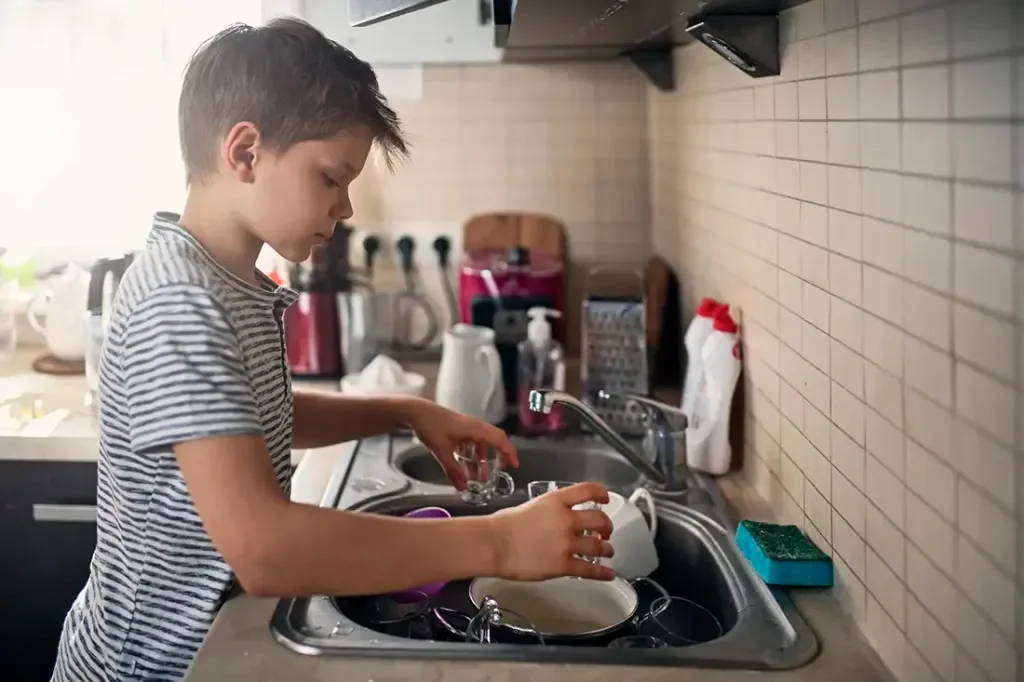Working With Children Who Have Experienced Parentification
By Chelsea Cattano
Let’s start with the definition of parentification:
Parentification is a role reversal during which a child fulfills the role of a parent in the family subsystem, and there are several types. For example, emotional parentification is where a child becomes a source of emotional support for their parent, including acting as their counselor or confidant. Instrumental parentification is where a child engages in excessive physical labor in the household, such as doing the bulk of the housework, cooking meals, feeding and bathing younger siblings, and paying household bills. A parentified child neglects their own emotional and developmental needs. A parentified child may appear to be more mature than their peers.
To be clear, teaching a child useful, age-appropriate life skills in a controlled and healthy environment is not parentification.
Now that we know the definition of parentification, let’s talk about what it means to work with a child who has been parentified.
As a CASA volunteer, this might look like a child who missed a significant amount of school because they stayed home to care for their parents or siblings. A child in that situation might benefit from additional educational advocacy to ensure they are able to catch up to their peers.
It might also look like a child who hyperfixates on asking how their siblings or parents are doing and whether they are safe. A child in that situation might benefit from advocacy regarding more frequent phone or in-person visits with their siblings and parents.
It also may look like a child who is suffering from anxiety, exhaustion, or behavioral outbursts due to the sudden loss of control they feel after being separated from their siblings or parents. A child in that situation might need someone to advocate that trauma-informed therapeutic services begin as soon as possible.
A question I’ve always had is whether there is a more trauma-informed approach to take when working with children who have been parentified. I often wonder if removing a child from a situation where they’ve been parentified without allowing them to maintain some kind of control could burden them with an additional layer of trauma.
For example, imagine you are working with a 15-year-old solely responsible for the feeding, bathing, and sleeping schedules of their 1-year-old sibling while also making sure their 10-year-old sibling had food to eat, completed homework, and got to school on time each day.
An example of allowing that 15-year-old to maintain some control may be asking that youth to share the schedules they’ve had to create regarding their younger siblings. Another example could be ensuring that youth is placed in the same resource home with their younger siblings. Maybe their resource parent could include that youth in caring for their younger siblings as a way to appropriately transition that youth from being the primary caregiver to helping the adult be the primary caregiver.
When a parentified child is placed into the custody of the Division of Child Protection and Permanency, they may feel the loss of whatever small sense of control they believed they had, regardless of how appropriate or inappropriate it was. As CASA volunteers, we can do our part in identifying whether a child has been parentified and then advocating for that child to be cared for in whatever way is most appropriate, so their trauma is not exacerbated.
Chelsea Cattano is Training Coordinator and Advocacy Supervisor for CASA of Passaic and Union Counties. She holds a Master’s Degree in Legal Studies. Prior to joining staff, she trained as an advocate with CASA of Morris and Sussex Counties, and continues her casework there as a volunteer.

